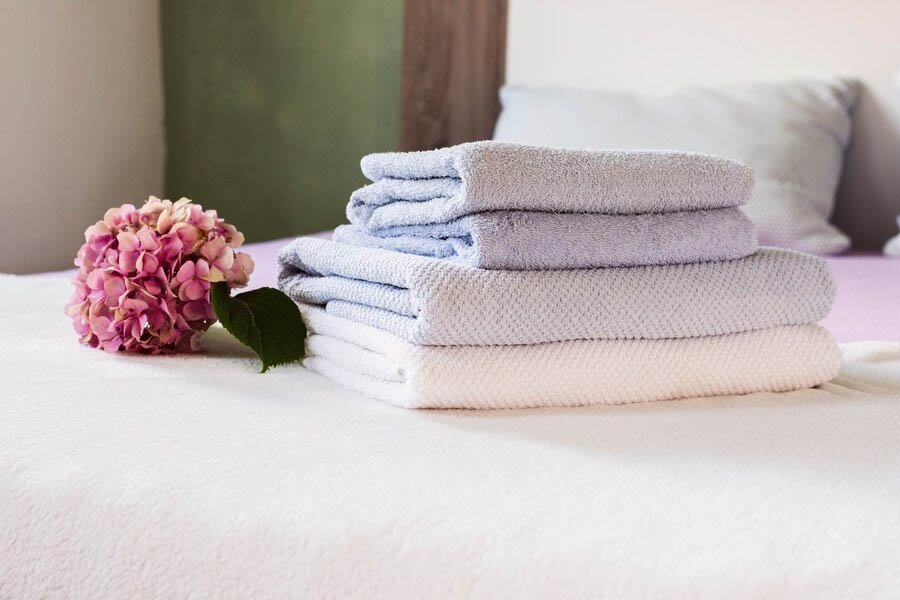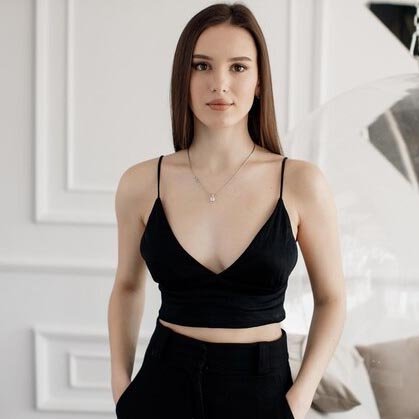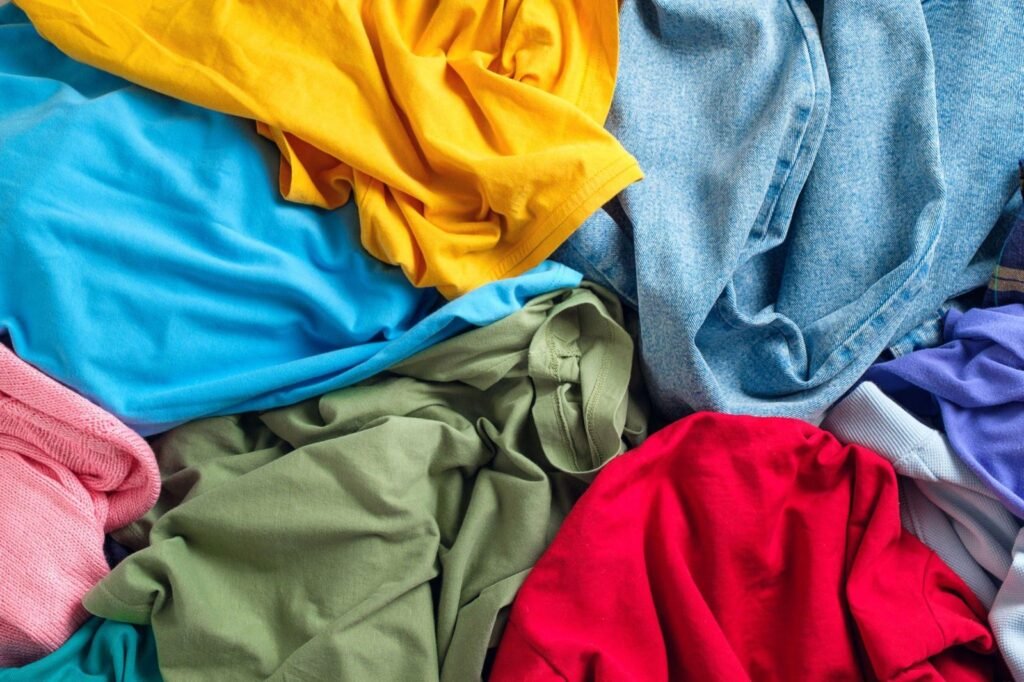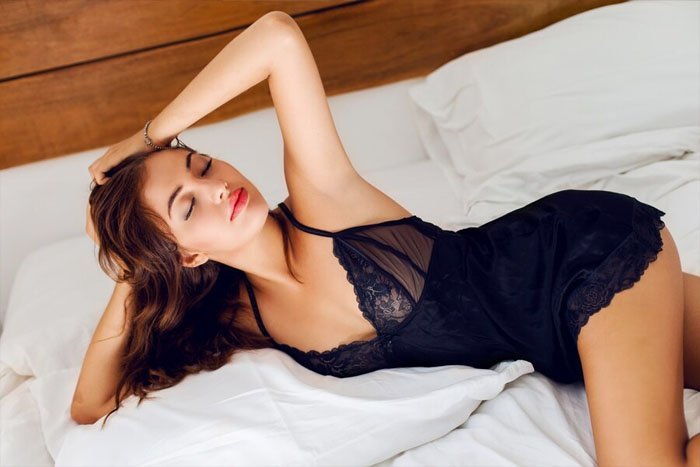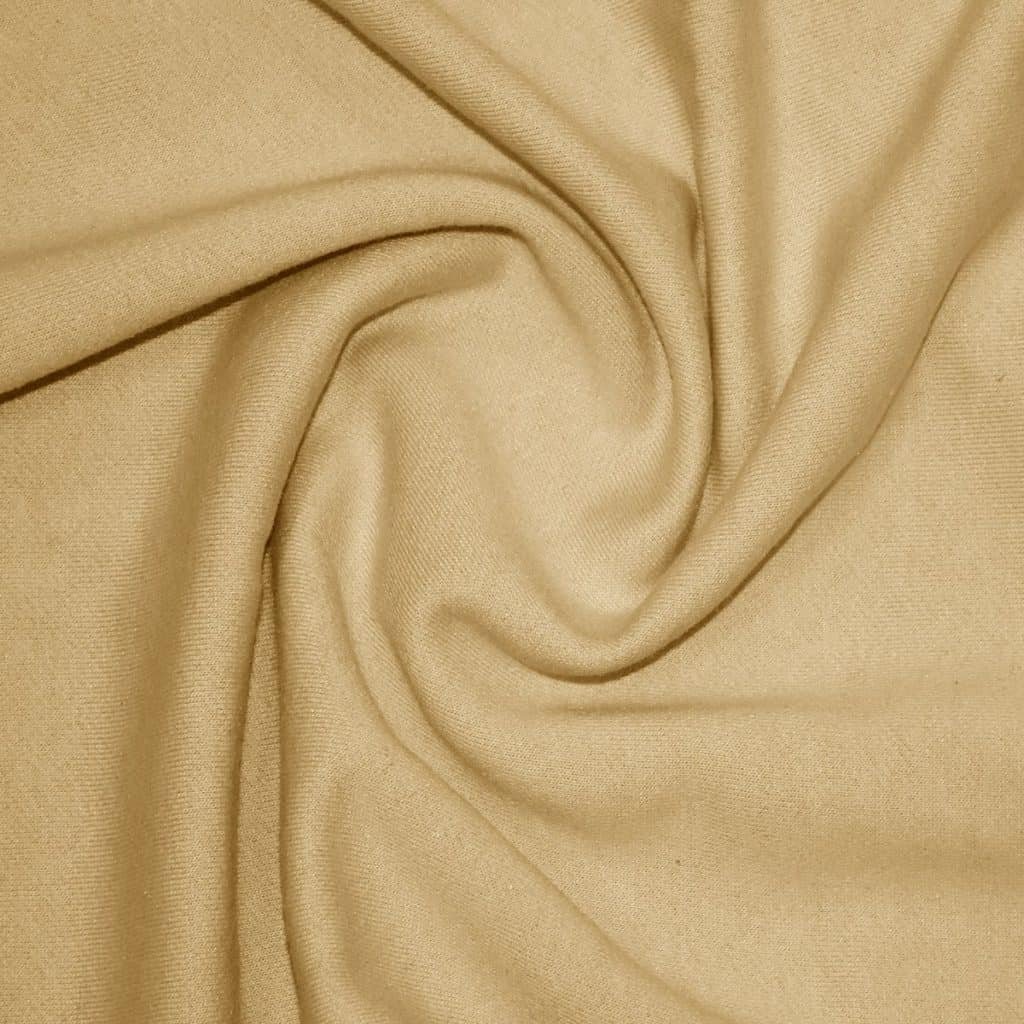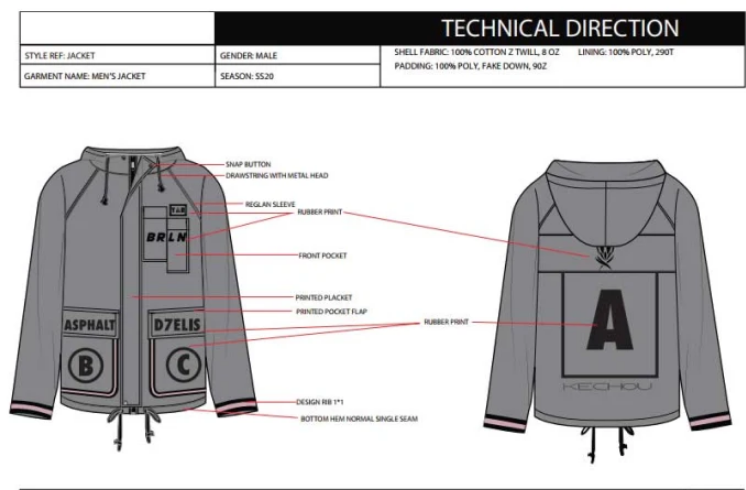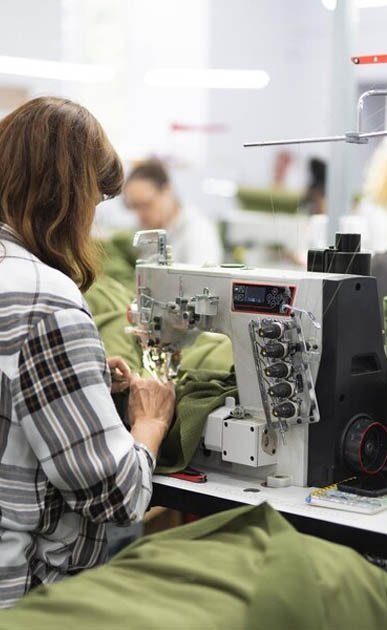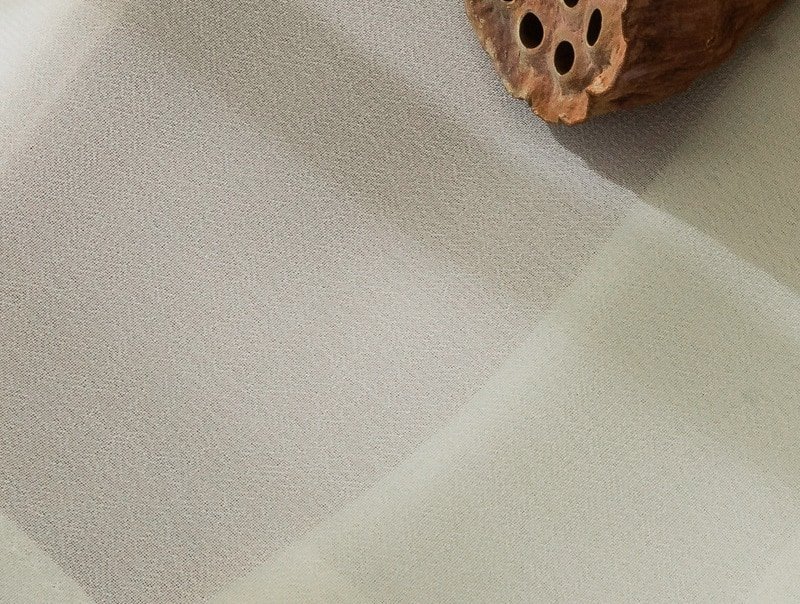
Georgette Fabric: A Comprehensive Guide
Georgette fabric is a popular choice among both seasoned and home dressmakers. It belongs to the crepe textile family and has a translucent nature, a slightly textured surface, and a beautiful drape.
Georgette de la Plante, a well-known French dressmaker, introduced this woven fabric in the early twentieth century. She introduced georgette by creating elegant dresses and gowns with a distinctive “net finish.”
Since its introduction in the 20th century, it has become a fixture of high fashion. Its use has now been extended to items such as curtains, table decorations, and pillow covers. Available in solid colors and prints, it is used for blouses, scarves, dresses, gowns, bridal wear, and party wear.
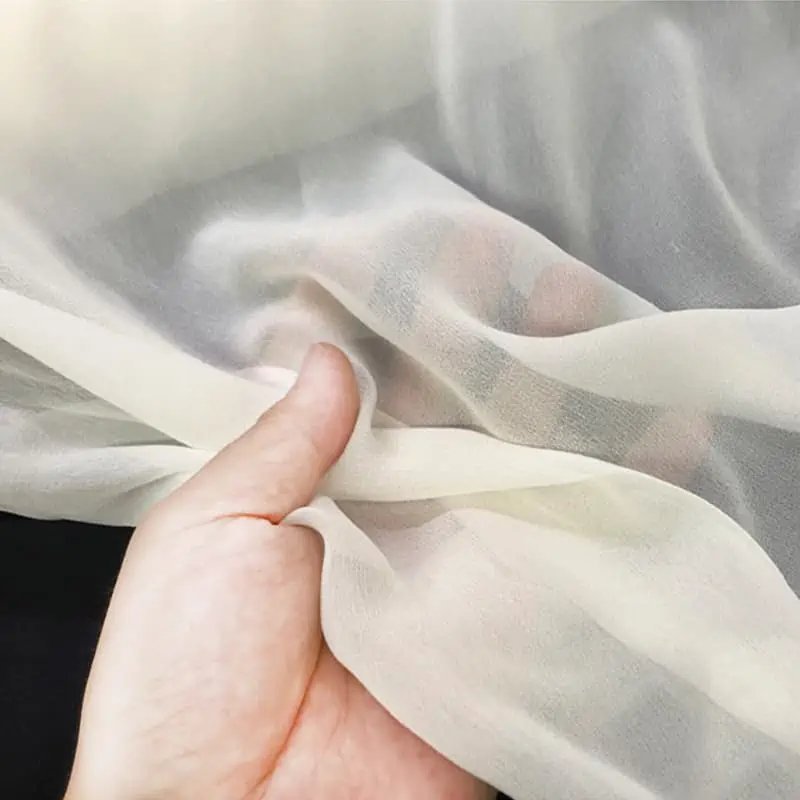
What Is Georgette Fabric?
Georgette is a kind of crêpe fabric. It is traditionally made using pure silk fibers. But it can also be made from synthetic materials such as rayon, viscose, or polyester.
It is woven using tightly twisted yarns of S and Z in both the warp and weft. These twists gave a crinkled finish to the fabric’s surface.
The fabric has a unique, dull matte finish and is available in floral, tropical, and botanical prints, as well as bright colors. The price of this fabric varies depending on the design and type available.
Characteristics of Georgette Fabric
Georgette fabric is a unique textile that combines elegance, comfort, and versatility. Its special threads are tightly twisted to create a weave that appears tight, yet is still sheer.
Other than these, georgette textile has these characteristics that make it unique:
- Lightweight and breathable
- Crinkled
- Sheer
- Drapes easily
- Strong absorbent
- Slight stretch
- Hypoallergenic
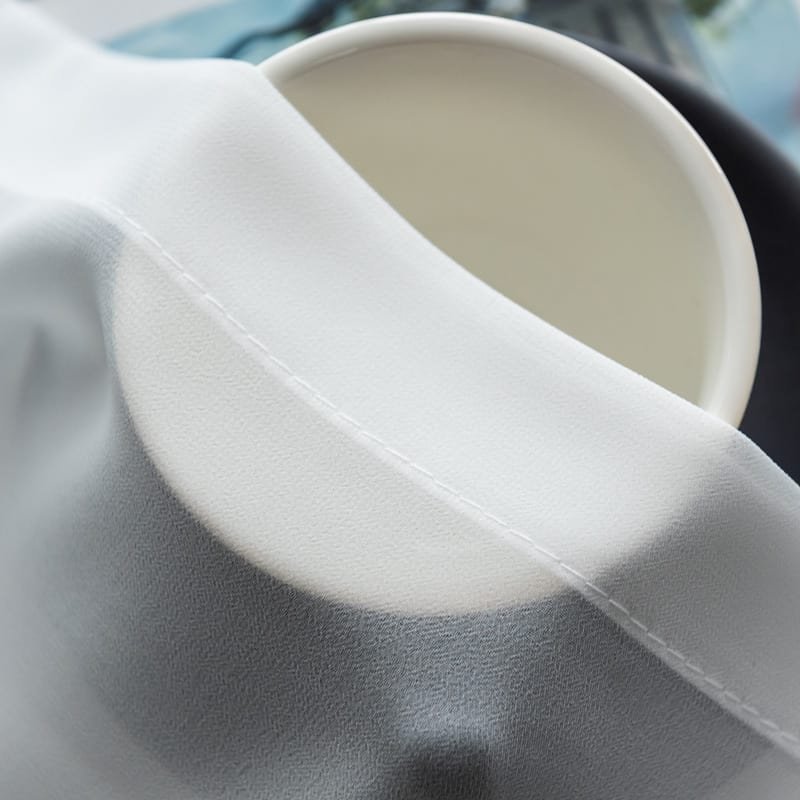
Types of Georgette Fabrics
Georgette fabric was first produced using silk, making it a luxurious fabric. Today, various types of this fabric are made with their own distinct characteristics. But its silk form is still the most expensive.
These are the types of georgette that have evolved since it was first introduced.
-
Pure Georgette
This garment is made of 100% silk georgette. Although more expensive, it is durable and excellent at retaining color, making it an ideal choice for designs where color is important.
-
Polyester Georgette
This is a georgette textile made from polyester. It is a floaty, lightweight fabric with a smooth drape. Additionally, it has a soft texture, a superior finish, and wrinkle resistance.
-
Crepe Georgette
This fabric is woven using tightly twisted yarns, creating a slightly crinkled appearance.
-
Chiffon Georgette
This chiffon georgette is a crepe fabric that is lightweight, with a texture and thinness that allow it to drape easily. It’s ideal for women who prefer a more opaque fabric than traditional chiffon. Additionally, it’s commonly used in gowns, skirts, blouses, and dresses.
-
Jacquard Georgette
This traditional georgette textile with a weave pattern is produced using a Jacquard loom. It is stronger than most other variations of georgette.
-
Satin Georgette
This fabric is a type of georgette that uses a satin weave, giving it a shinier appearance. It is a non-sheer and fluid fabric with a heavier and denser shine than satin chiffon.
-
Double Georgette
This type of georgette is thicker and more translucent with a nice drape. It is typically used for garments with multiple layers.
-
Stretch Georgette
The fabric contains spandex or other elastic components woven in to add stretch.
-
Nylon Georgette
It is commonly known as faux georgette. Nylon Georgette is famous in Indian fashion because of its suitability for layering as a sari. Additionally, it can be embroidered to add further embellishment.
How Is Georgette Fabric Made?
Georgette fabric is woven using tightly twisted S and Z yarns, which are twisted in opposite directions. The tight twists create slight puckers on the fabric’s surface, giving the fabric its distinct crinkled finish.
Specifically, the process of making georgette fabrics involves the following steps:
1. Fiber selection
To create georgette textile, you can use either silk or synthetic fibers such as rayon, viscose, or polyester. You can select the appropriate fiber based on your desired outcome.
2. Preparing the yarn
Spin the selected fibers into yarns, twisting them tightly to achieve the desired texture and strength.
3. Weaving
Use a loom to interlace the warp (lengthwise) and weft (crosswise) yarns, creating a woven fabric.
4. Puckering process
After weaving, the fabric goes through “puckering” or “crinkling.” This is done through the application of heat, moisture, or chemical treatments. This process will give the signature crinkled appearance and texture of georgette textile.
5. Finishing
The fabric is then subjected to finishing processes like washing and dyeing. Additional treatments can be applied to soften or enhance specific properties.
Uses of Georgette Fabric
Georgette textiles have many uses in both the fashion industry and home design.
-
Dresses
Georgette cloth is great for dresses because it is not as sheer as chiffon. A georgette dress has a gorgeous drape and nicely clings to the body.
This fabric is typically used for evening gowns and bridal wear, but it can also be used for various styles of dresses, including wrap, A-line, flare, and pleated dresses. It is also commonly used for midi and maxi dresses, both with short and long sleeves.
-
Sarees
Indian sarees are typically made from silk georgette fabric because it drapes and layers nicely, working well when wrapped.
-
Home decor
Georgette textiles are also used in home decor items such as pillow covers, table decorations, and window treatments.
FAQ about Georgette Fabric
What is the difference between chiffon and georgette cloth?
Chiffon fabric is made from silk, nylon, or polyester. It is a sheer and lightweight fabric that has a soft, flowing drape. Georgette, on the other hand, is a slightly heavier fabric that is made from silk or polyester.
Georgette is often used in sarees, kurtas, and other traditional Indian clothing.
How to identify a pure georgette?
Faux georgette has a rough texture, whereas pure georgette is much softer. Additionally, faux georgette is considered to be almost five times cheaper than pure georgette.
Why are georgette fabrics expensive?
Georgette garments were traditionally only worn by royal families due to their high cost. As a result, the georgette fabric became a symbol of class over the years.
This fabric is difficult to embroider, so the embroidered version is usually much more expensive. Additionally, pure georgette is typically more expensive than other types of georgette.
Is georgette fabric stretchy?
Georgette fabric is strong but has a very slight stretch due to the inclusion of lycra or spandex.
Conclusion
Georgette fabric is a versatile and popular choice for a wide range of garments and textiles. With its slightly textured surface, beautiful drape, and translucent nature, it has become a fixture of high fashion.
Georgette textiles are available in a variety of fibers, including silk and synthetic fibers like rayon and polyester. It is used for blouses, scarves, dresses, gowns, bridal wear, and party wear.
Despite its expensive price, these fabrics has become a symbol of class and quality over the years.

